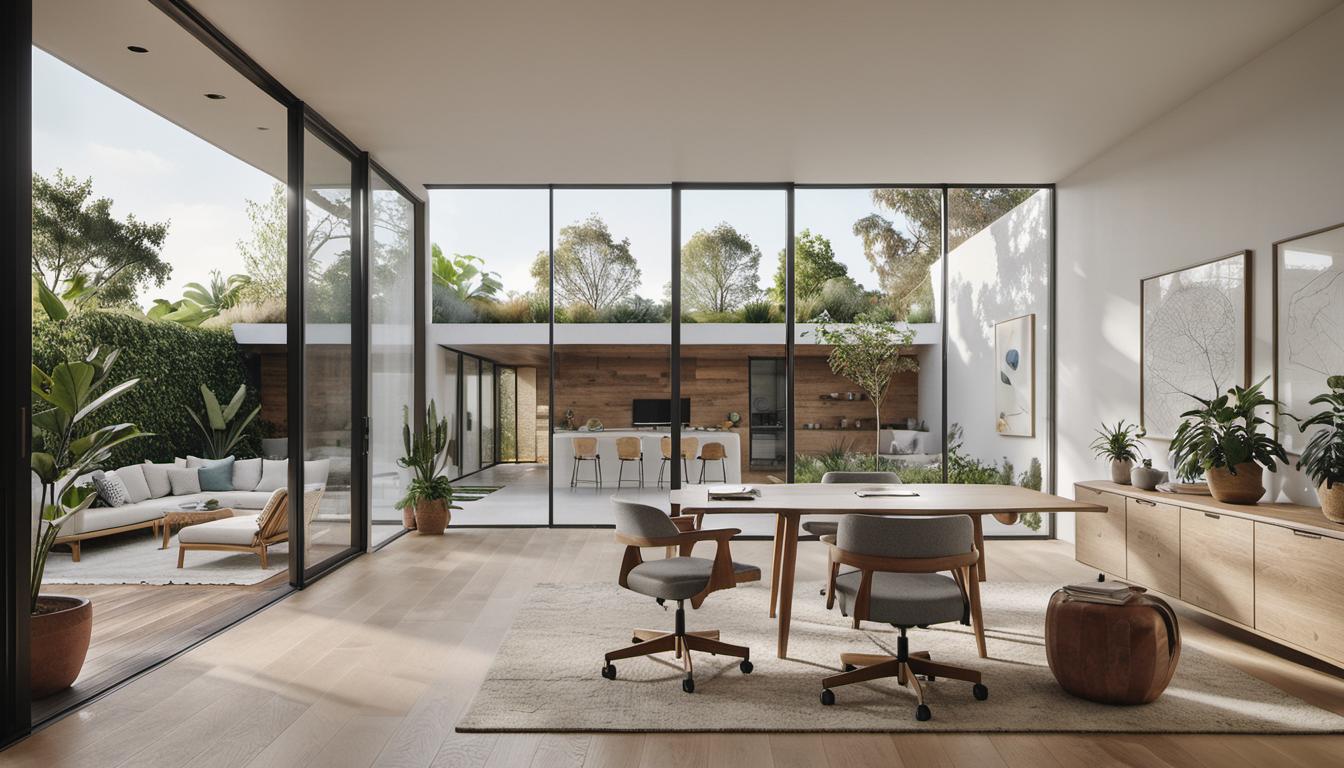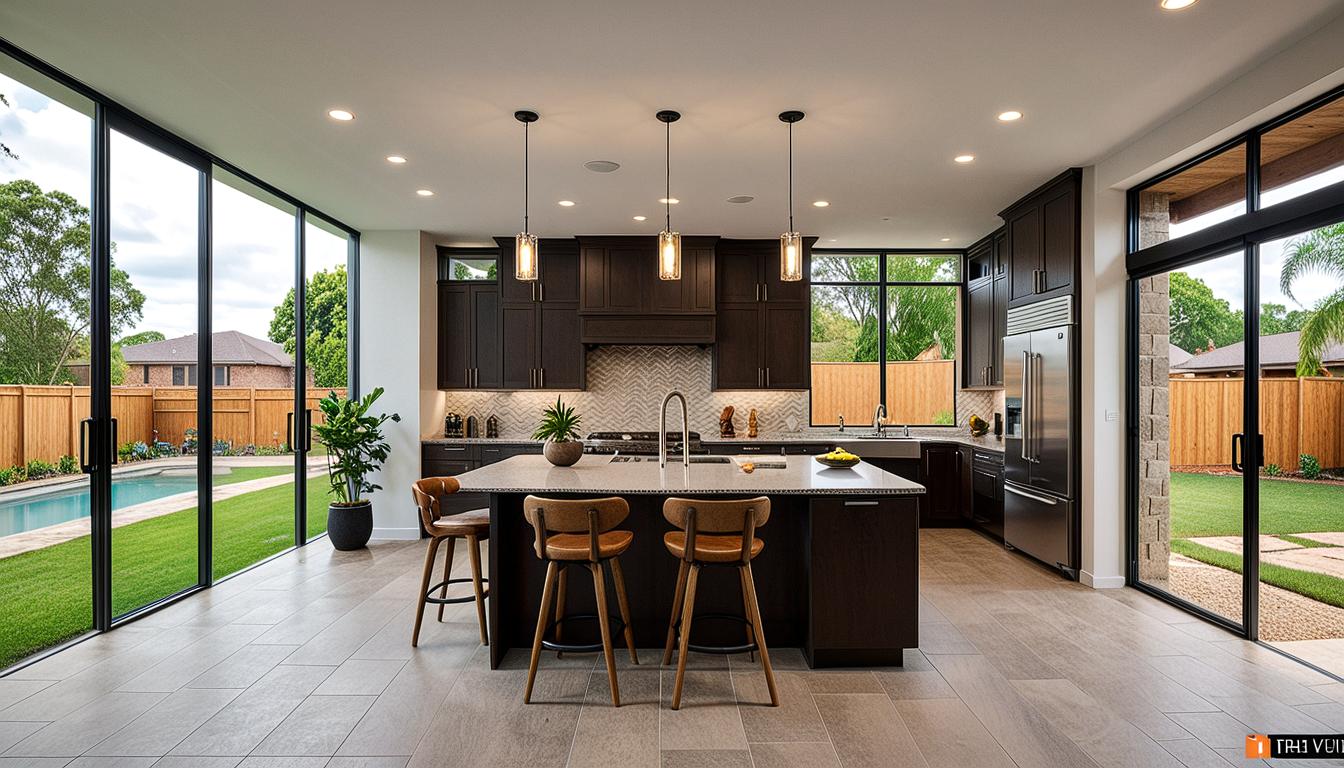Introduction
In the realm of interior design and architecture, a compelling presentation is crucial. Sleek visualizations bridge the gap between intricate design concepts and their tangible realizations. Traditionally, professionals relied on hand-drawn sketches to depict their ideas. However, the development of 3D rendering services has also provided an invaluable tool. But, which method serves the purpose best: hand-drawn sketches or digital renderings?
The Tradition of Hand-drawn Sketches
- Hand-drawn sketches offer rapid production and unfettered creative freedom. You need nothing more than paper and pen to bring your ideas to life. Its simplicity belies its power to convey the spirit of design, especially in the early stages.
- However, the digital age calls for a new challenge: digitization. Hand-drawn sketches require painstaking accuracy and can be hard to revise or translate into an online format.
- It’s often best to use hand-drawn sketches during the early brainstorming stages, where the focus is more on concept development than presenting a polished product.
The Modern Approach: Digital 3D Renderings
- Digital 3D renderings offer a different raft of benefits. Stunningly detailed graphics illuminate every aspect of the design. They provide an unrivaled, flexible method to visualize elements down to minor accents.
- That said, challenges also accompany this evolution. High-quality 3D renderings can come with substantial costs and need expertise with specialized software.
- Digital 3D renderings are best employed when a comprehensive, high-definition visualization of the design is desired. It’s perfect when precision and capacity for flexible edits are a priority.
The Design Process: Hand Sketches to CAD
- Ideally, initial concept development begins with hand-drawn sketches. This swiftly sets down initial concepts and ideas onto paper.
- Once the core idea solidifies, it’s beneficial to transition into Computer-Aided Design (CAD). This method ensures a precise design with the flexibility of unlimited revisions and 3D models for a more detailed visualization.
Freehand Drawing vs. Computer Aided Drafting (CAD)
- Ultimately, the choice between freehand sketches and CAD depends on the stage of the design process. While sketches initially drive creativity, CAD invokes analytical thinking to refine the design ideas for meticulous realization.
- Freehand drawing should be employed when you’re brainstorming ideas and concepts.
- CAD, on the other hand, helps to finetune these initial ideas, providing a clearer, detailed visualization of the concept and design.
Comparison: Hand-drawn Sketches vs. 3D Renderings
Overall, both methods come with their unique sets of advantages and disadvantages. The below table provides a brief summary:
| Freehand Drawing | Computer Aided Drafting (CAD) | |
|---|---|---|
| Pros | Quick, creative edge | High-resolution, unbounded editability, precision |
| Cons | Challenging revisions, limited detailing | Demanding of time, potential disruption to creativity |
| Best for | Early drafting, conceptualizing, idea generation | Honing ideas, visualizing designs in detail |
Frequently Asked Questions
- What are the advantages and disadvantages of using hand-drawn sketches in interior design?
Hand-drawn sketches are an excellent tool for quickly realizing your initial creative ideas, yet they may lack detail and can be challenging to revise. - How do 3D digital renderings contribute to the design process?
Digital renderings offer a high-quality, comprehensive visualization of the design concept, making client presentations and revisions more efficient. - Why might an architect or designer want to start a project with hand-drawn sketches?
Sketches are an excellent starting point in the design process as they allow rapid visualization of ideas and foster creativity. - What stages of the design process are best suited to freehand drawing and CAD?
Freehand is ideal for initial idea brainstorming, while CAD is more suited to the refinement and finalization of the design. - How can 3D rendering services enhance an interior design presentation?
3D rendering can provide a detail-oriented, interactive and visually engaging experience for the clients, illustrating a realistic view of the end result.






